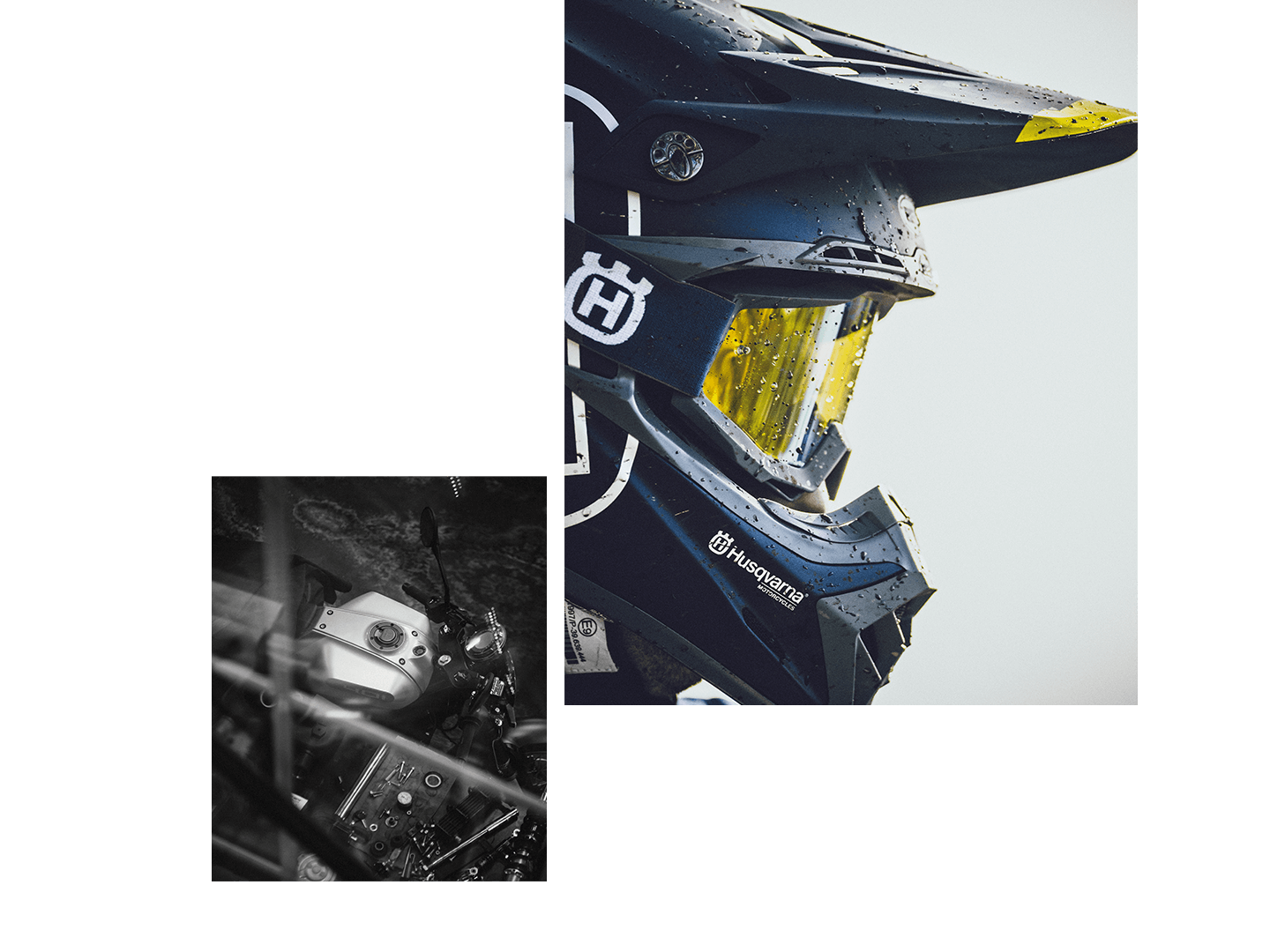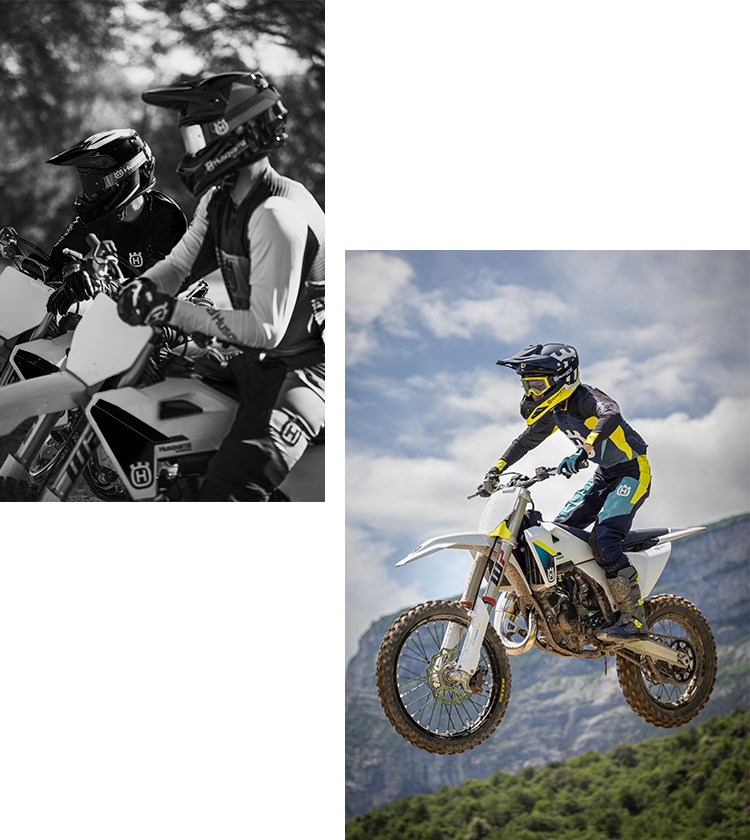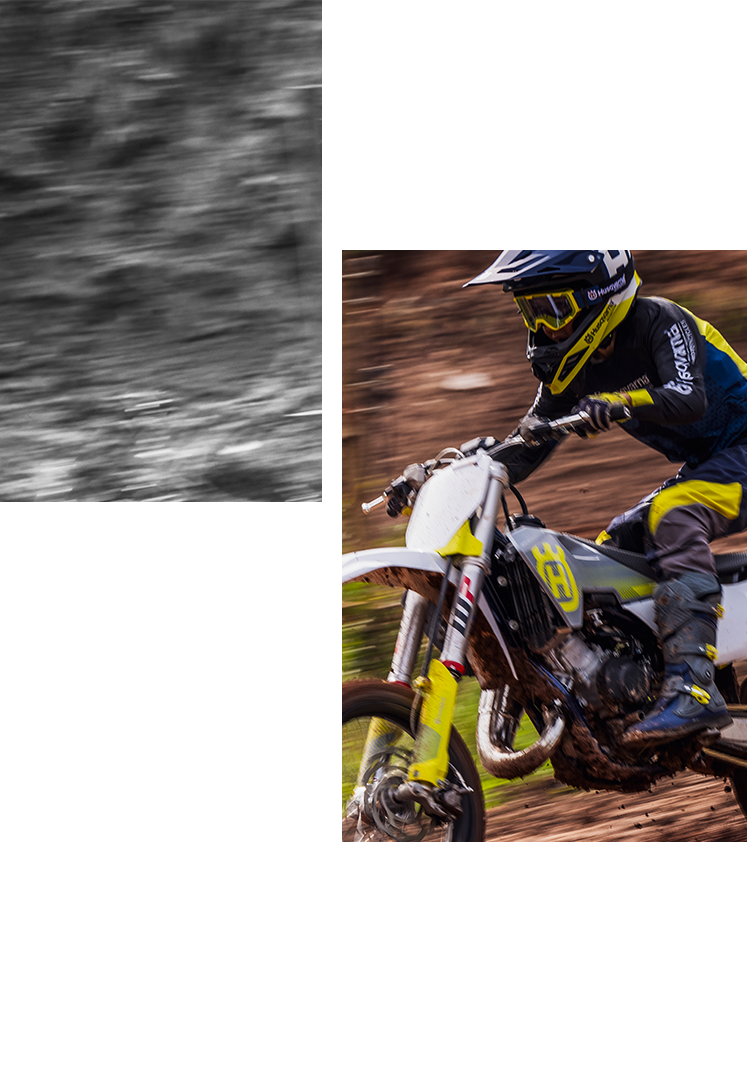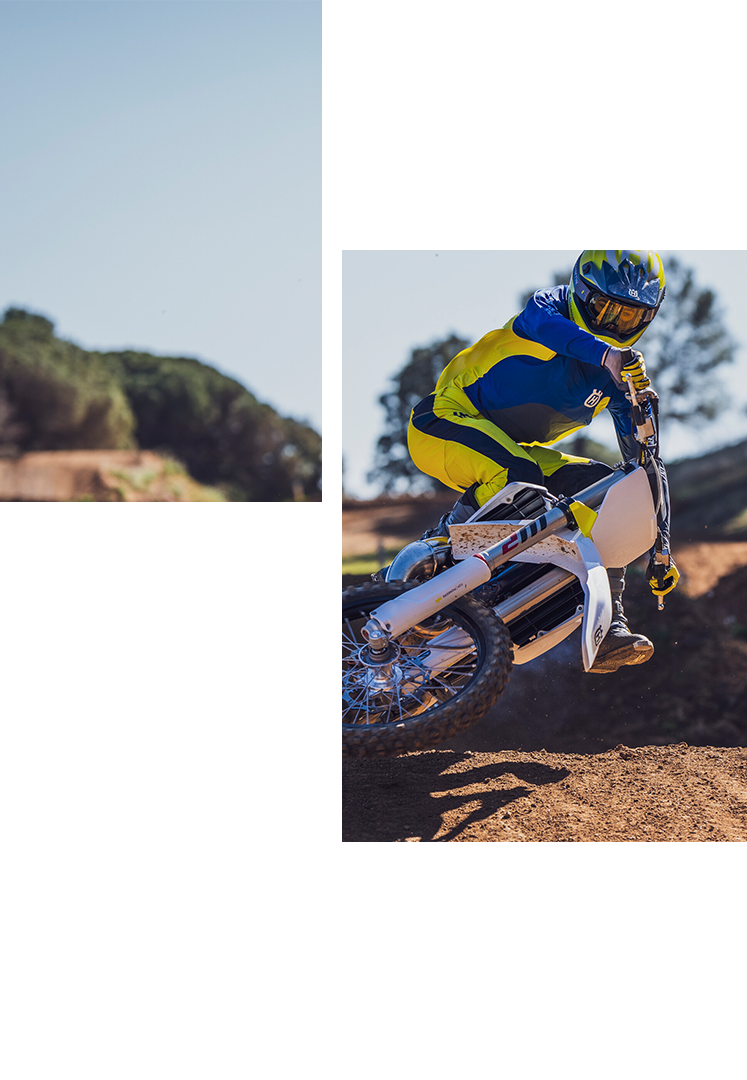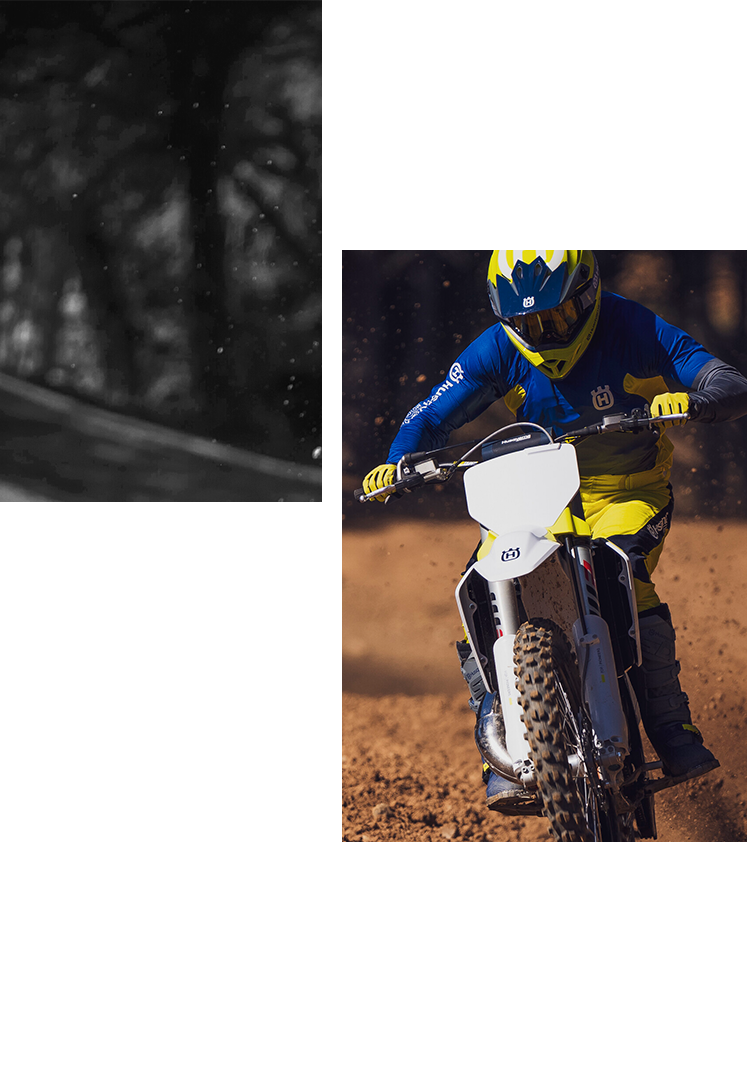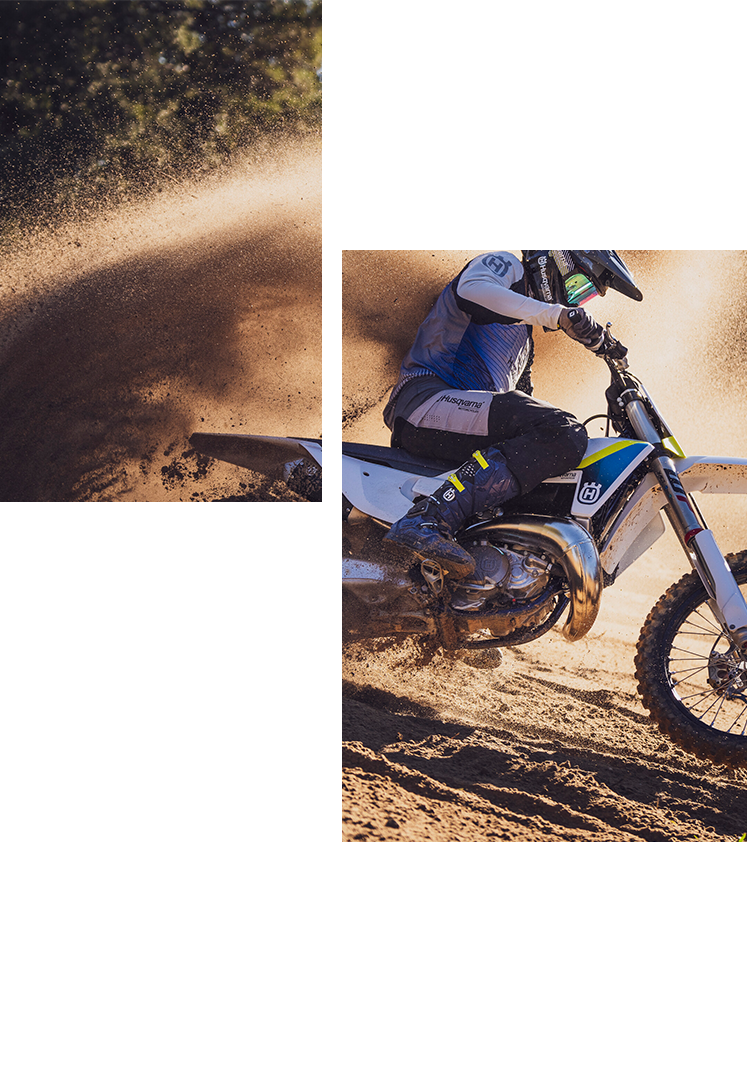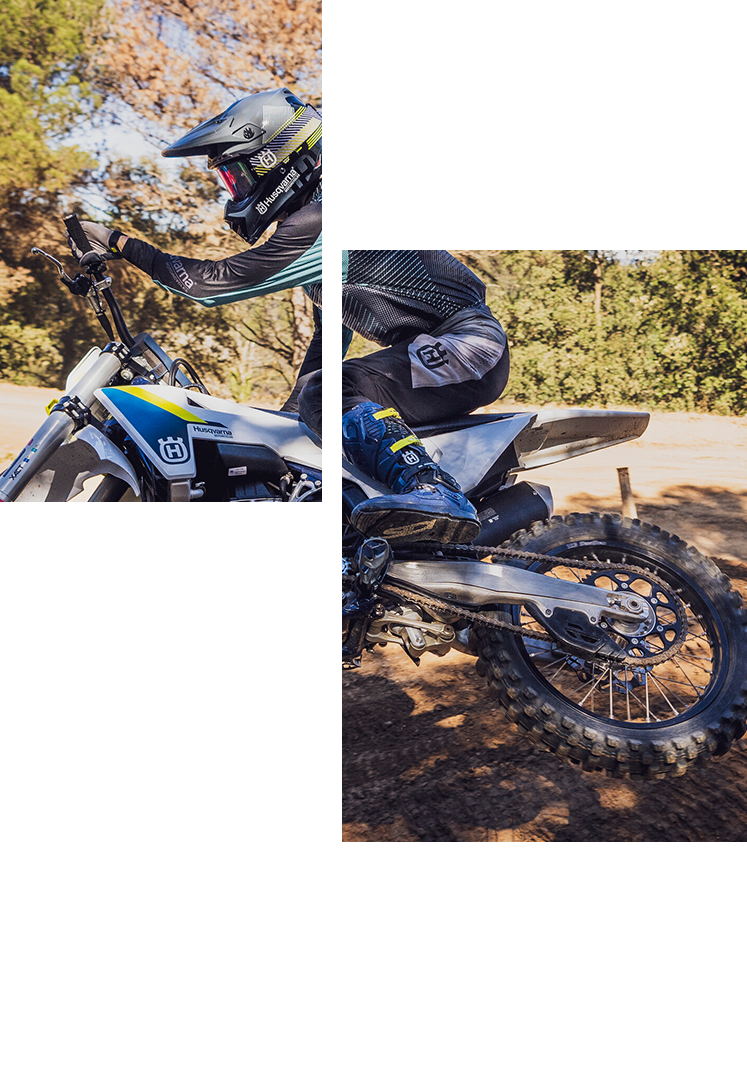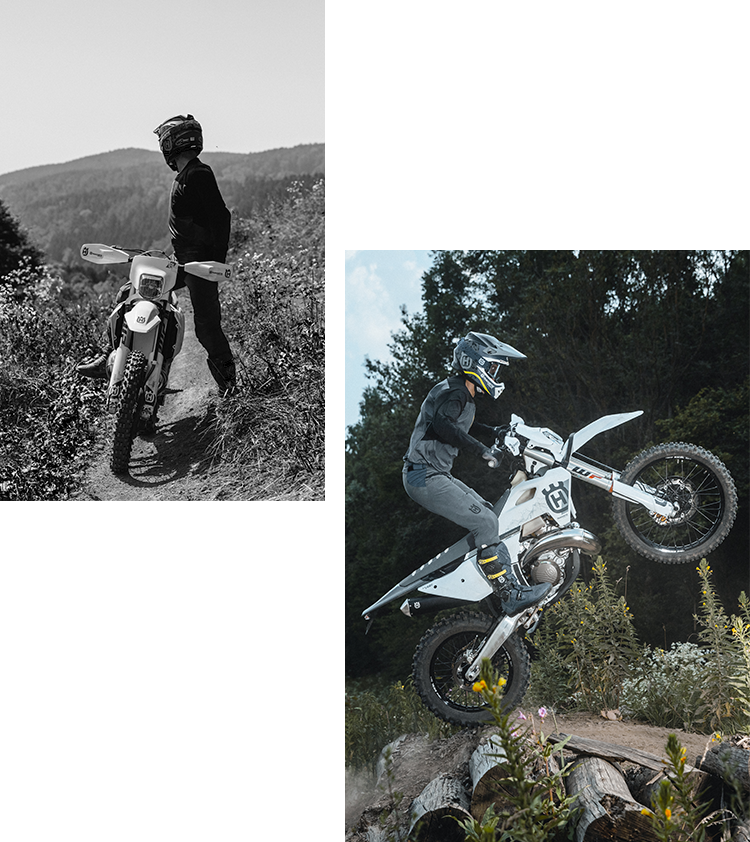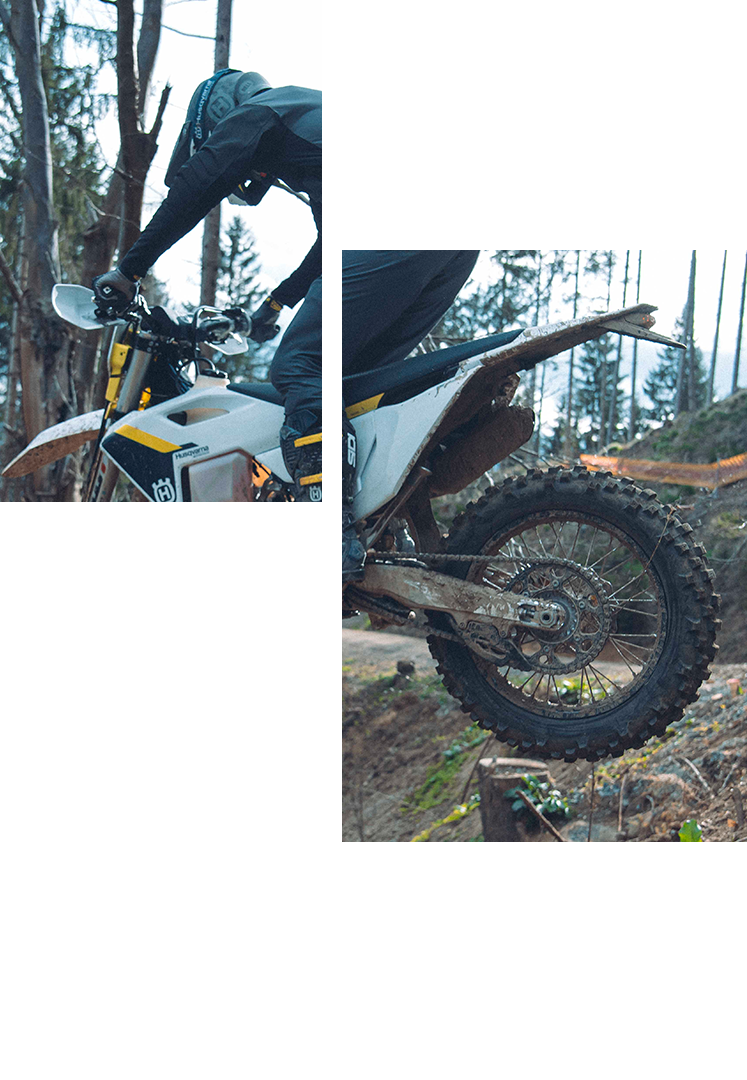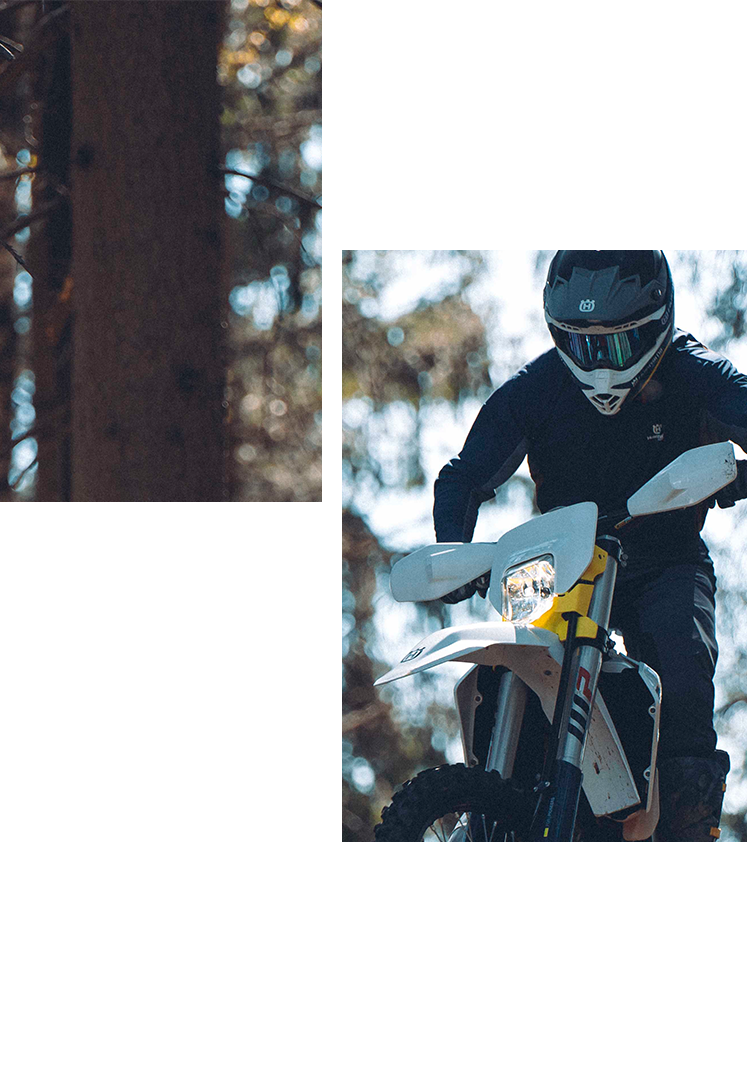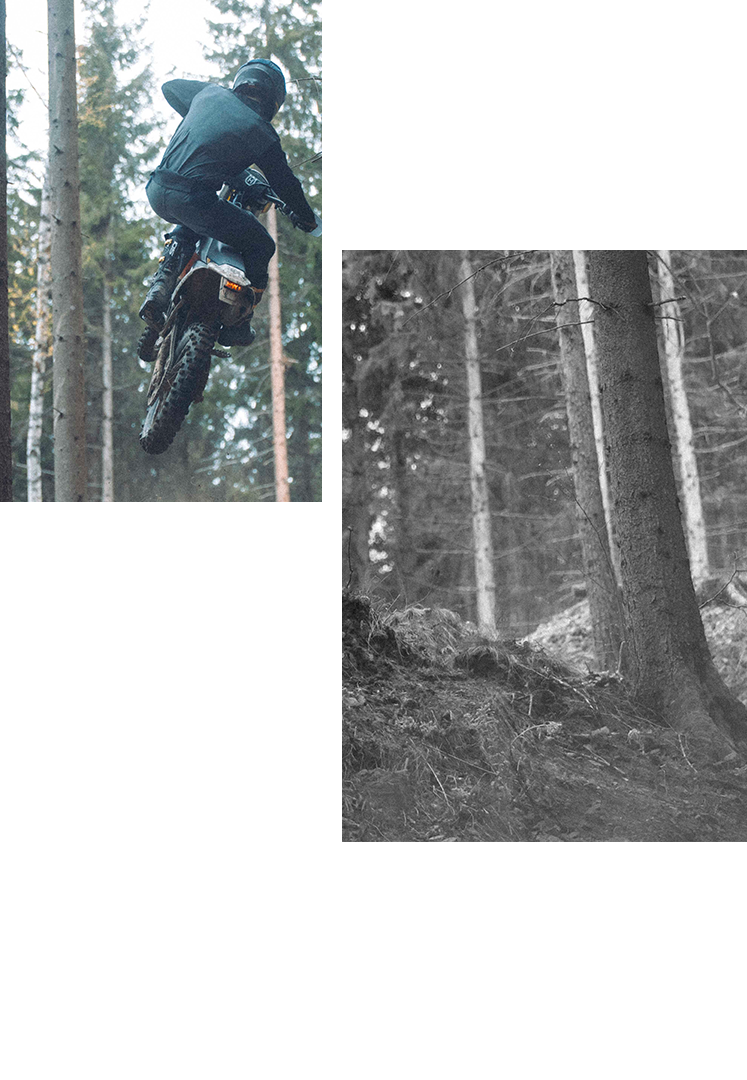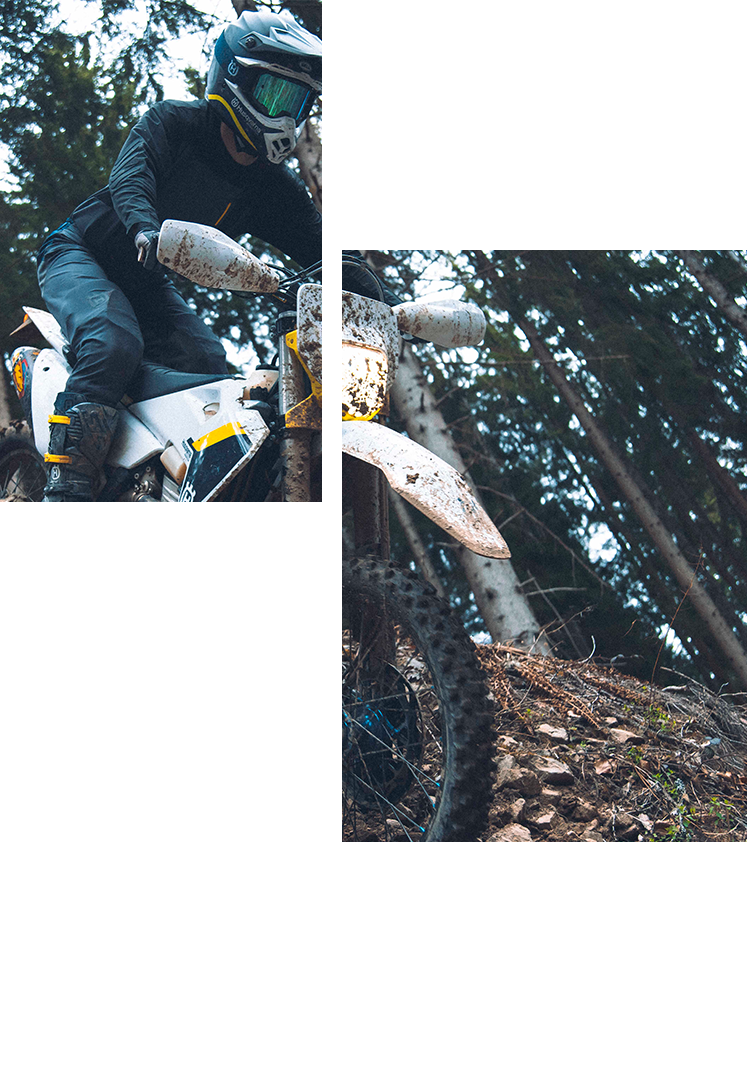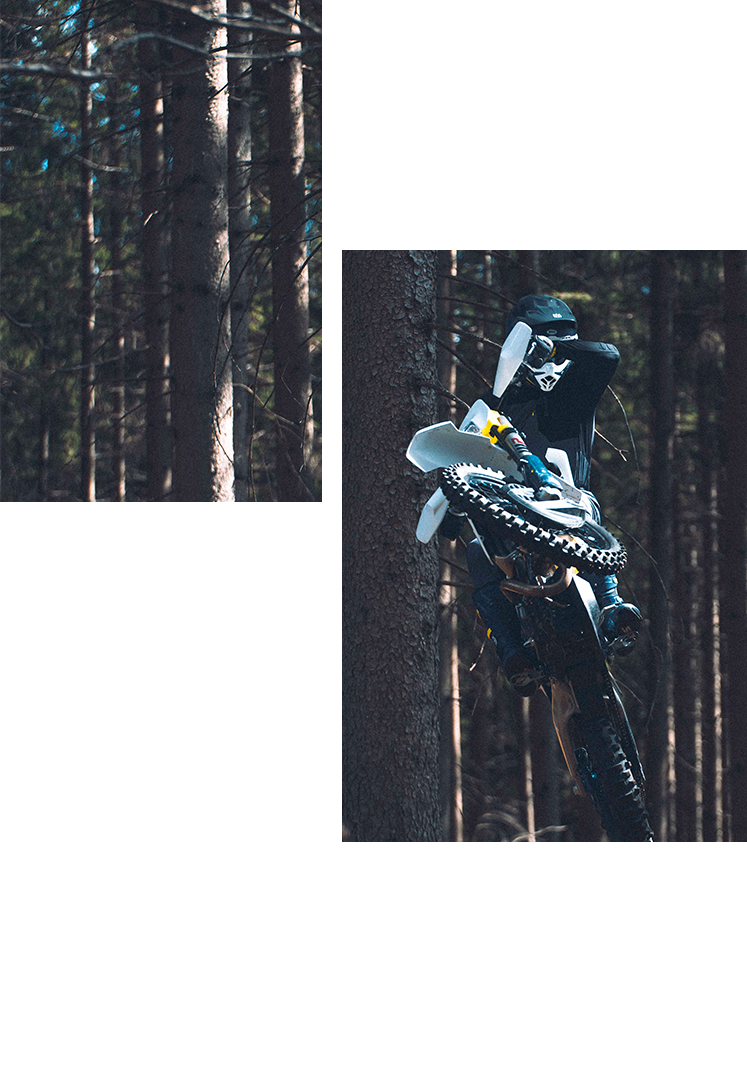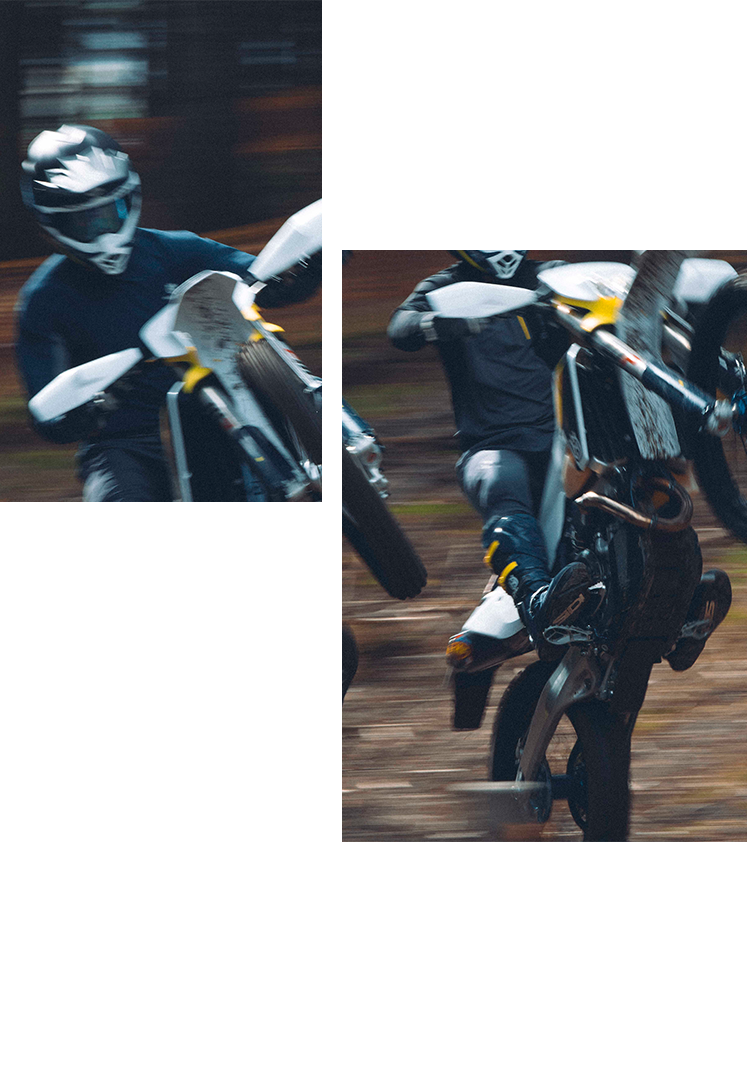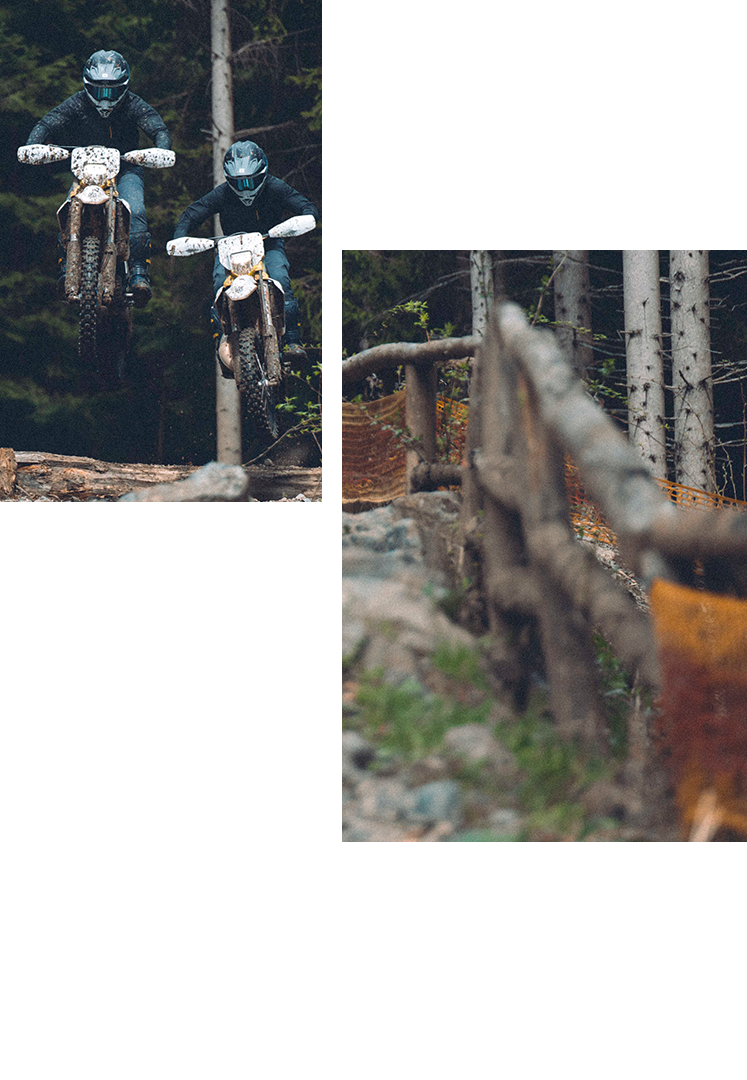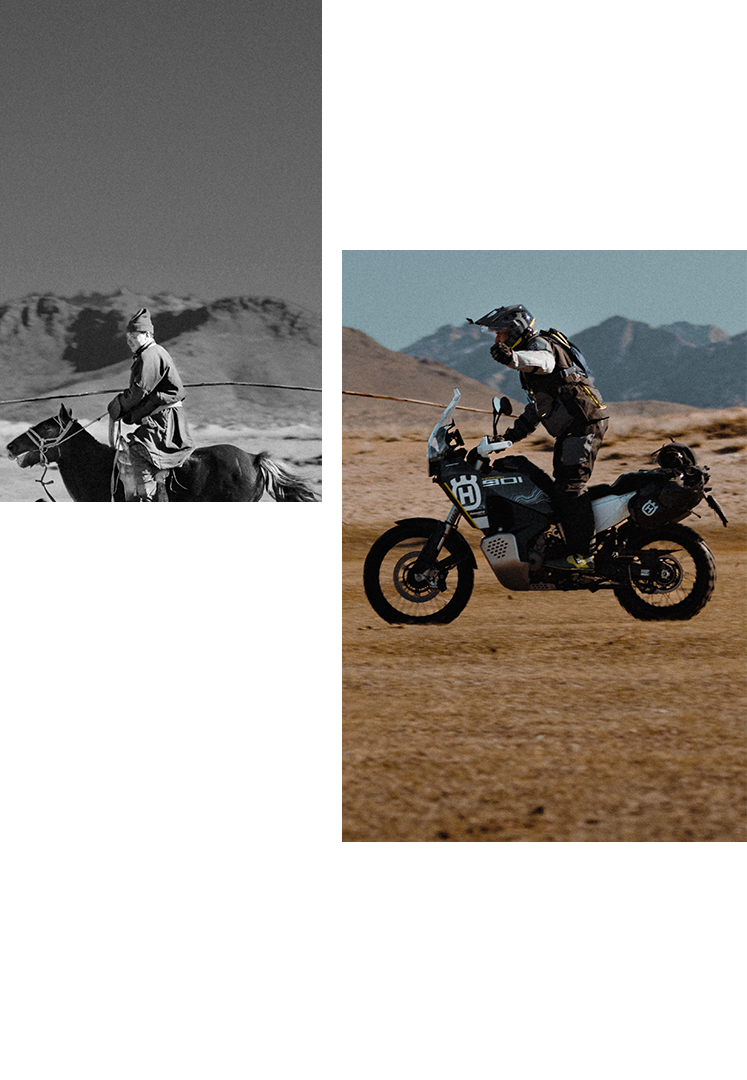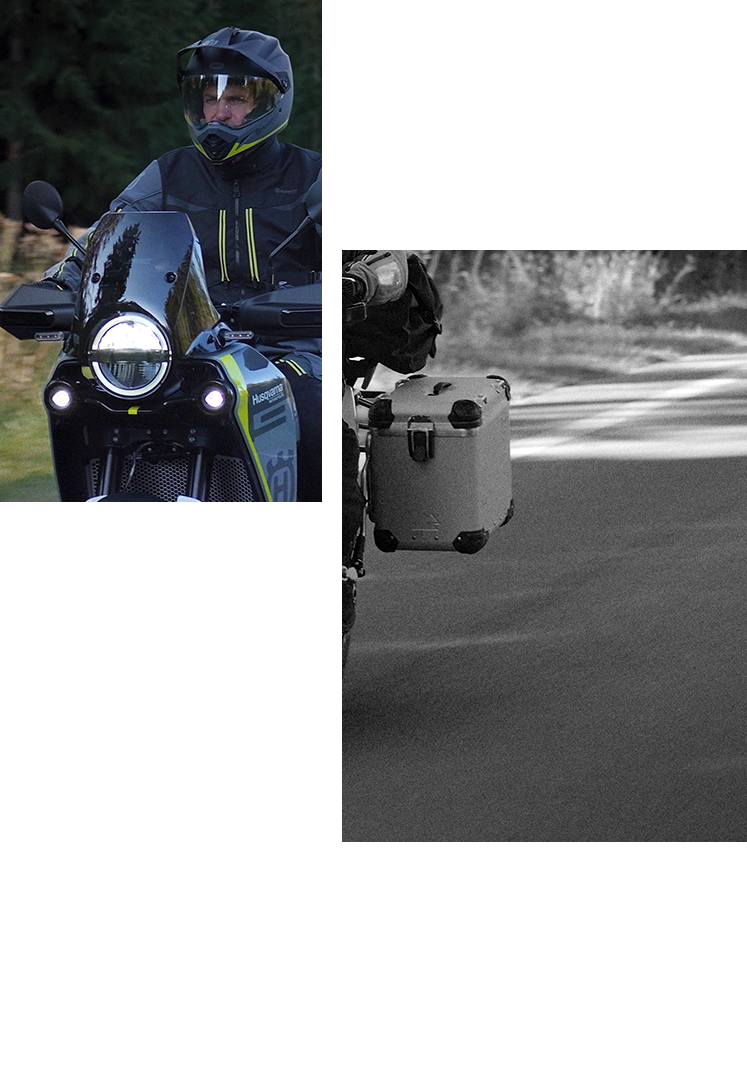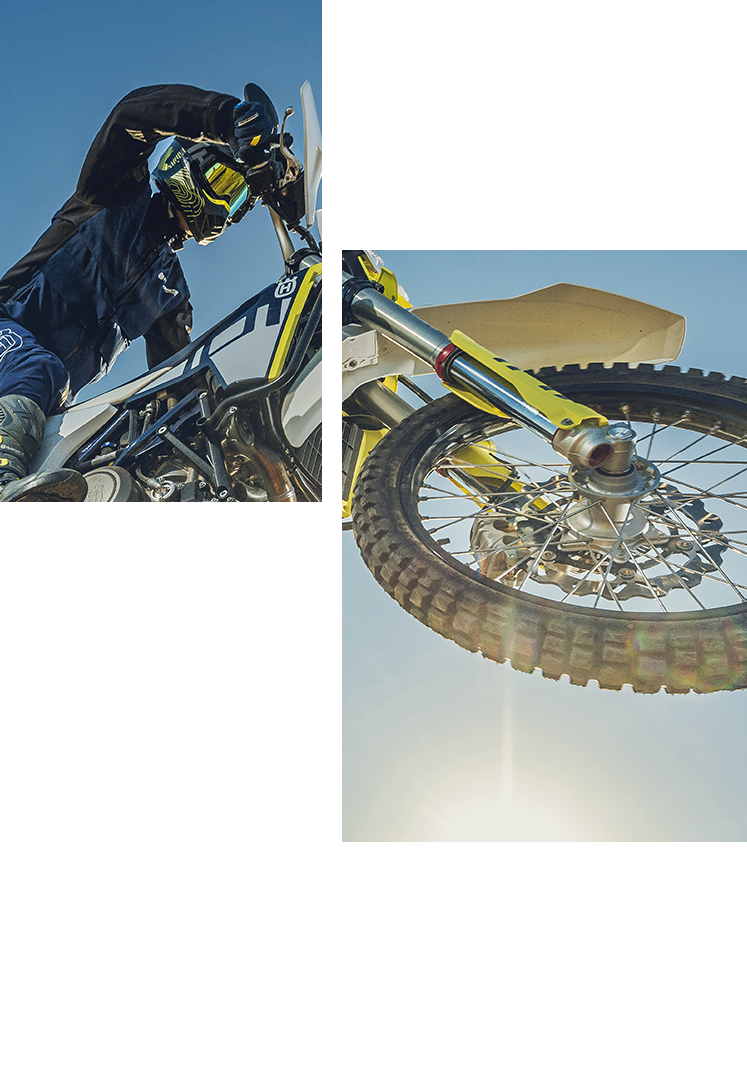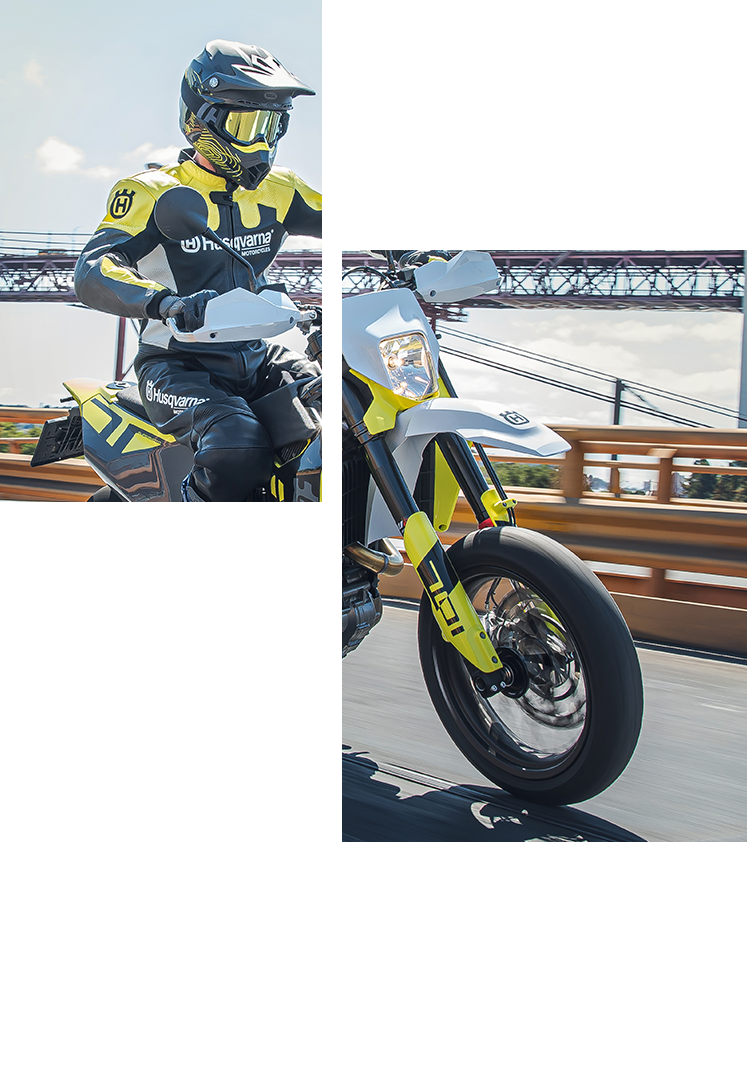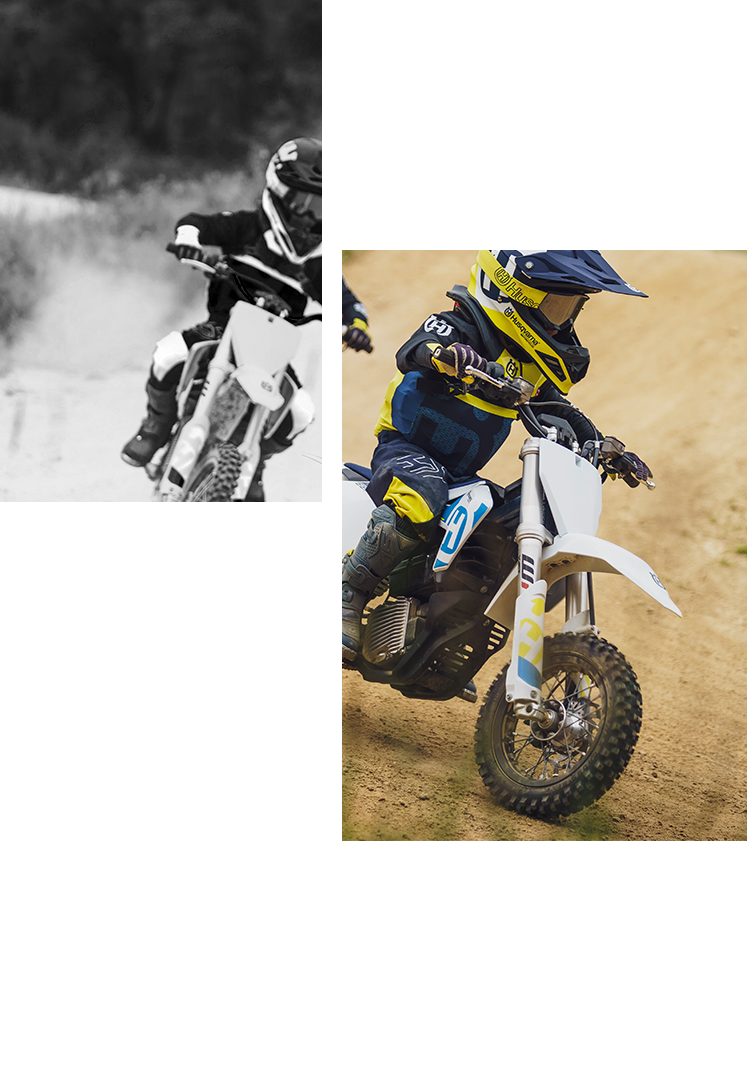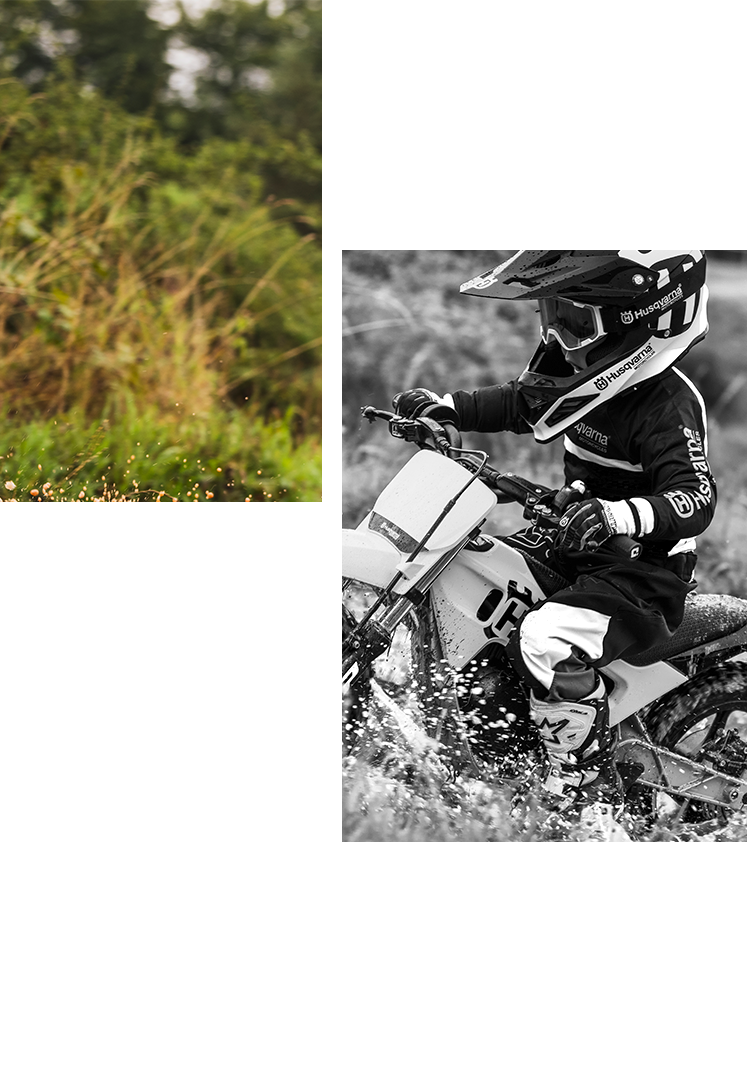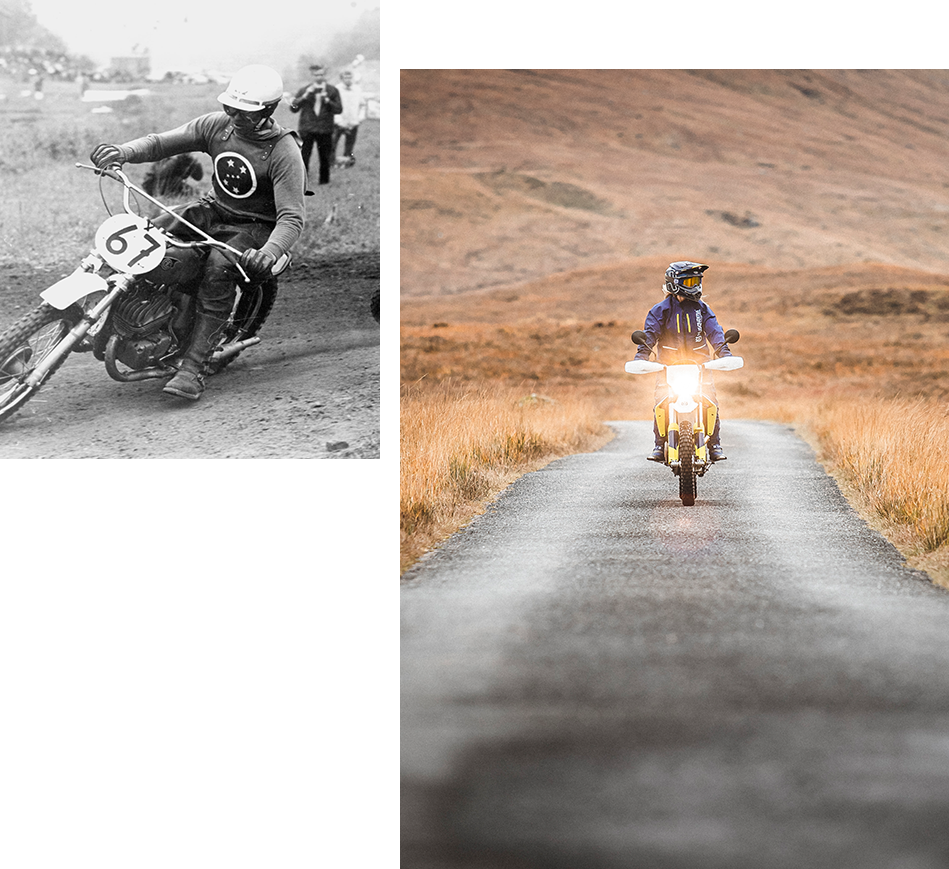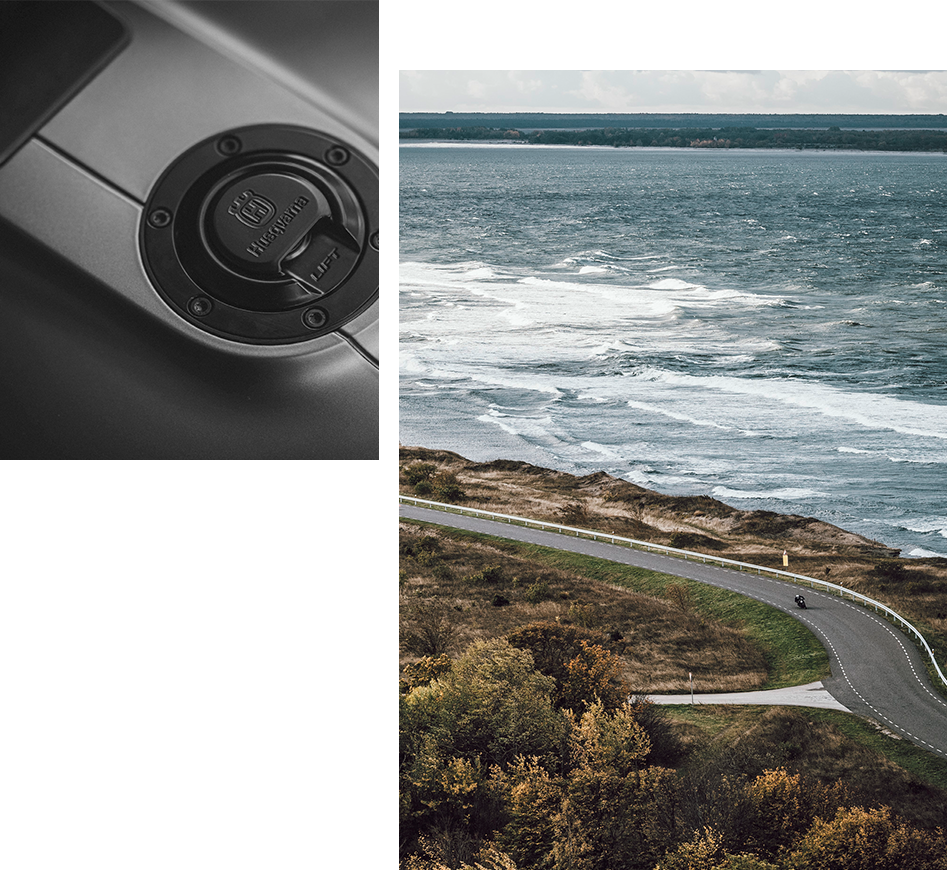When the Klevaliden Hill Climb was inaugurated, two-wheel racing was on the move. This first southern uphill stretch of 1,000 meters was merely minutes away from the factory, in the town of Huskvarna. It was used for nine years, before the northern part of Klevaliden came into use in 1933. On page 255 in the 1926 midsummer issue of nationwide magazine “Svensk Motorsport”, there is a story on the third Klevaliden Hill Climb. It gives you an insight on the great battle between Sweden’s two giant riders of the era - diplomacy vs daredevil. First, the commentator introduced veteran Erik Westerberg through the megaphones as you could hear a roar from eager spectators, who had waited long for their champion. His race time after a dwindling speed on the 10 per cent steep uphill: 59 seconds – today’s best, so far. The following announcement presented youngster Gunnar Kalén being next in line as the crowd shouted, “Now, he’s coming!” It seemed that his performance had a twinkle of “win or die” in it. Kalén not only ousted his opponent, but also set a new track record of 58.6 seconds – four tenths of a second better than Westerberg. With an entrance fee of one Krona (approx. 20 U.S. cents), people returned home being thrilled by the drama.
Great guns going gaga
By Kenneth Olausson
Ten pages later in the same magazine, you could read about a dramatic and terrible accident in the very same race at the kilometre South Klevaliden stretch. Halfway up this hill, ace Nils Torell had gone off the track during practice, with consequences of severe injuries. He was lucky to escape the incident, thankfully still alive after spectacular acrobatics into a dangerous ditch. Nils Torell eventually recovered in hospital and would return the following year, setting a new Klevaliden record of 52.4 seconds. This time would not be beaten for five consecutive years, until 1932 when the Stockholm rider Gunnar Barthelsson rode his Husqvarna to a 40.66 second run. This everlasting record equalled an average of 90 km/h! In 1933, the organizers decided to move up the hill, where circumstances, in many ways, were more challenging. Both machines and riders had developed, now being slick and skilful. Here, the Klevaliden track was steeper with more difficult curves than earlier, one of the hardest being the “Engvalla-bend” which was a tough lefthander. This new stretch only had a length of 600 meters, but with a difference in altitude of 84 meters! When I went to photograph the modern section of North Klevaliden’s famous “Engvalla-bend”, the surroundings were unrecognizable by Mother Nature’s work. Where once thousands of spectators gathered to watch excitement, there was now a paved road with posh housing in a residing area. Mind you, remnants of the same bend still exist, as you can see from my picture, but there is not much left to remind race fans of the Golden Age in Motorcycling. I gave thoughts to my 1904 post card where the road uphill is called “Klefvalia”.
More than 10,000 spectators came to watch on Whit Monday in 1933, most of them gathering near the “Engvalla-bend”, where great action was promised. And no one returned home disappointed. Of the 35 starting riders, 15 of them were in the saddle of a Husqvarna, which now was the trendiest and fastest machine on the block. With all the Husky victories in Grand Prix racing and elsewhere, every motorcycle man now had a Husqvarna on top of their wish list. The race was held in two stages, where every competitor rode the track twice, counting his best time for the overall results. Gunnar Kalén and Ragnar Sunnqvist – both on factory Husqvarnas – were big favourites of the day. The big question was who would be fastest up the Klevaliden. It turned out that both idols were winners – in different classes! Tutto, Husqvarna!
In 1934 the venue was upgraded to host the “Nordic Hill Climb Championship”, which drew an even bigger crowd. It is estimated that 14,000 people came to watch on this warm mid-August Sunday. Extra trains had been called in to transport spectators from near and far. And the track had been lengthened by 200 meters, which made the event even more spectacular. Husky man Ragnar Sunnqvist won the 1,200cc sidecar class with a time of 45,4 seconds and came home second among the 750s. He was the big hero of the day. After the war, race-hungry fans came back to Klevaliden on a big scale in 1946. The all-time high of 17,000 spectators watched hill climb heats on a stretch that now consisted of 700 meters with a difference in altitude of over 100 meters. Many good pre-war riders made their comeback and the 1947 Klevaliden winner, Stellan Strandh on Husqvarna, summed it up all too well, saying, “This is the hairiest uphill stretch in Sweden. You don’t conquer here by riding carelessly!”
My uncle Rudolf Jönsson participated in the 1929 Klevaliden with unknown results. And well, his little brother Åke Jönsson did conquer it in 1949. In his superfast 500cc Effyh midget, he set the fastest time of 45,2 seconds, thereby gaining an overall win in the Klevaliden, which the following year was discontinued.
